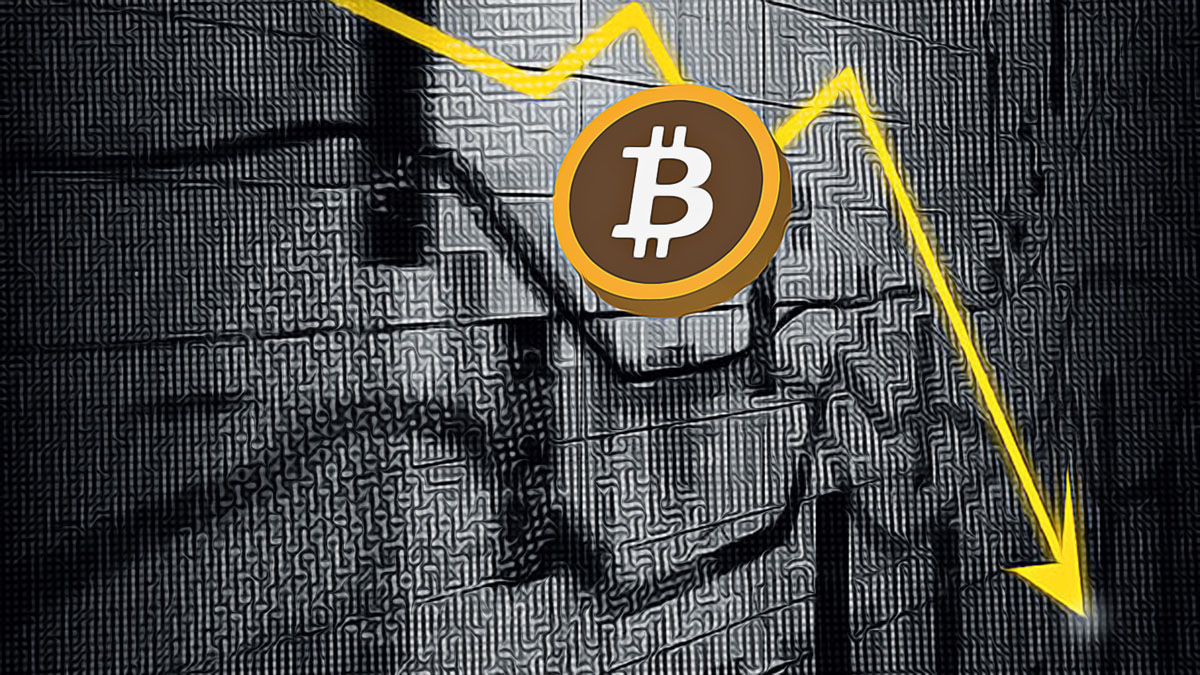Bitcoin‘s ascent to over $50,000 has been a notable event, contradicting the digital currency’s historical behavior of spiking in value during times of a weakened US dollar and lower Treasury yields. Since late January, Bitcoin has witnessed a remarkable 35% increase, even surpassing the $52,000 benchmark.
Unexpected Bitcoin Surge During Economic Strength
Commonly, Bitcoin’s value inversely correlates with the performance of the US dollar. But the latest boost in Bitcoin’s market price is coinciding with a surge in the US dollar index (DXY), which has climbed 1% since January 23, and an overall 3% increase throughout the year. This index gauges the dollar’s strength relative to other leading currencies worldwide.
Bitcoin’s strong performance in the face of strengthening economic indicators like the DXY and heightened Treasury yields is puzzling many. Analysts are pointing to factors such as substantial capital inflows into American spot exchange-traded funds (ETFs), totaling around $5 billion since January 11, as potential drivers behind this phenomenon.
Typically, an uptick in the 10-year US Treasury yield, a benchmark for risk-free interest rates, would draw investors away from other assets. Yet, Bitcoin seems to be withstanding this trend, keeping its value even with possible increases in speculative buying and its reputation as a safe investment haven.
Global Demand and CME Adjustments Strengthen Bitcoin
Global demand, particularly from regions such as China and Nigeria, is also likely contributing to Bitcoin’s robust performance. These countries are facing economic issues, prompting their populations to turn to Bitcoin as a hedge against financial instability. Additionally, the Chicago Mercantile Exchange’s recent decision to raise the margin requirements for Bitcoin futures is believed to have sparked a wave of short covering during the low liquidity period of the Lunar New Year, further propelling Bitcoin’s price upward.












